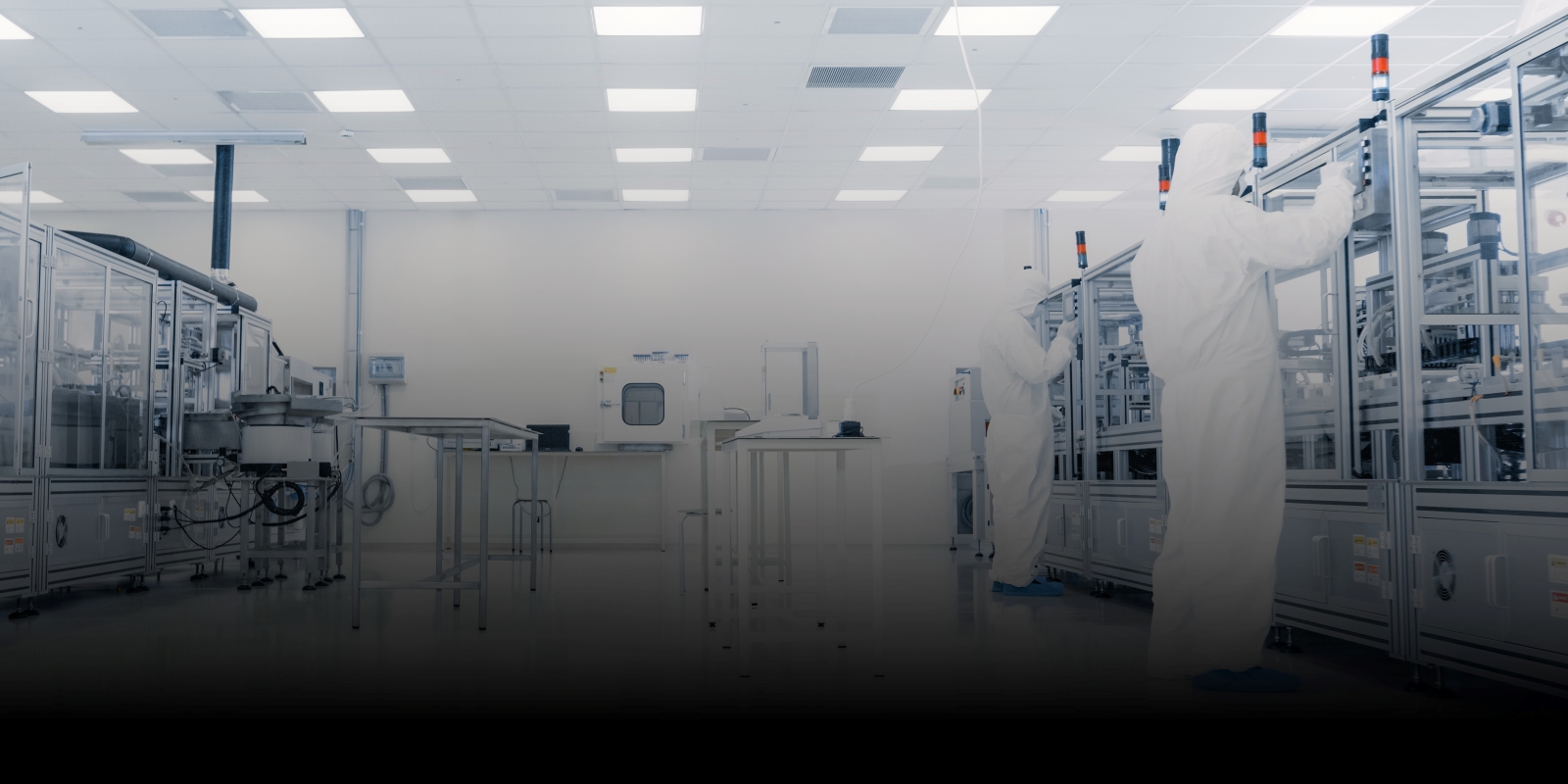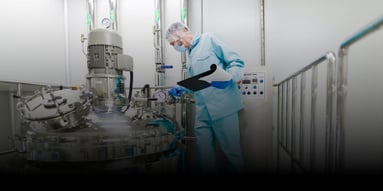The risk of downtime: Addressing the challenges of equipment recapitalization in pharmaceutical manufacturing

According to our new Unispace Life Sciences Global Benchmark Report, Forefront, engineering leaders agree: equipment recapitalization is a hidden issue in the pharmaceutical industry. In this report we surveyed 180 global industry leaders, interviewed 12 blue-chip pharma companies, and featured insights from our roundtable hosted by The International Society for Pharmaceutical Engineering (ISPE) on topics unique to pharmaceutical engineering teams.
What are the risks in recapitalization?
An absence of a global recapitalization strategy is often due to pressure on companies to fast-track new product investment and get to market. In fact, only 15% of respondents had a recapitalization strategy. While this number is expected to rise to 28% in the next five years, there are numerous reasons companies avoid leaning on already limited CAPEX for new equipment. For many, “downtime” is seen as riskier than aging assets, especially when the outdated assets are still working. This makes it difficult to justify the kind of investment required in both the equipment and training to successfully upgrade a technical space.
These challenges indicate the importance of making strategic decisions in order to keep up with market requirements and avoid any disruptions caused by ageing assets or outdated technologies. Today, most organizations are replacing equipment at individual manufacturing sites for reasons related to end-of-life or reliability risks (31%), though, within five years, capacity and production functionality will likely become more significant drivers (33%).
One of the biggest challenges faced by businesses when it comes to equipment recapitalization is having to navigate through unfamiliar technologies when modernizing their processes. An organization’s “comfort zone” and familiarity with existing technologies often makes it difficult for operators and engineers to upgrade their systems, which leads them to patching existing equipment instead. Similarly, in an industry pressured by time-to-market metrics, production downtime can be a significant risk for companies of all sizes.
Two possible solutions
To minimize both of these risks, many companies are allowing for inactive swing space as a preference for recapitalization. This enables them to replace ageing assets without downtime or disruption, while also helping them create better working environments through improved ergonomic design approaches. Furthermore, allowing for this swing space can help businesses reduce downtime while also providing an opportunity for engineers and operators to gain experience with newer technologies without disrupting production processes.
Another best practice that organizations should consider when it comes to equipment recapitalization revolves around the complex balance of CAPEX spending. Having a global replacement strategy is crucial to ensuring consistent implementation across all sites and to plan for replacement CAPEX spends early in the budgeting process. Companies should plan out their CAPEX spending strategically to maximize efficiency and minimize costs associated with delays or disruption caused by aging assets or inefficient technologies.
Futureproofing
Overall, equipment recapitalization is becoming increasingly important as businesses look to keep up with market demands. By ensuring a global replacement strategy and allowing for swing space at manufacturing sites, organizations can minimize downtime while providing engineers and operators with opportunities to gain experience with newer technologies. Staying up to date with technological advancements relating to equipment recapitalization is critical, because investing in newer technologies can help create better working environments for employees and more efficient production processes.
Learn more about how pharmaceutical companies are approaching equipment recapitalization.
.jpg?width=383&height=348&name=Benchmarking%20Web%20Article_Digital%20(1).jpg)

